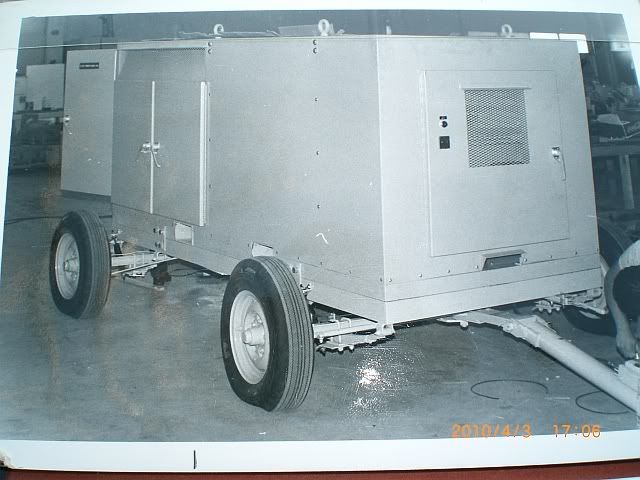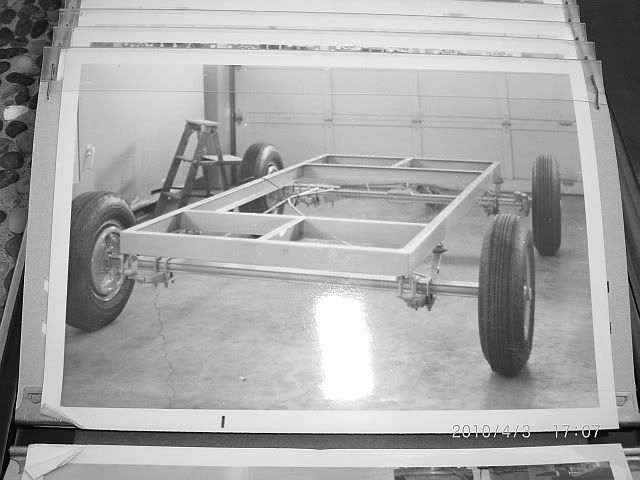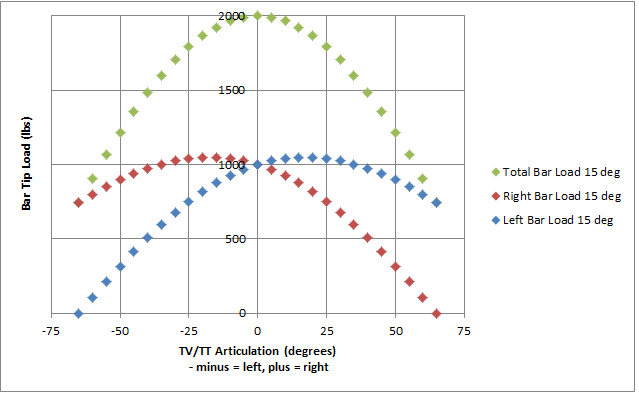Forum Discussion
BenK
Jun 24, 2013Explorer
CHD Dad wrote:
snip...
He did talk some physics but was also trying to keep it in everyday language. He did repeat the castering effect going on with the angles that has been brought up in the past. I dont see it from looking at it, but he said the effect is there.
snip...
Wonder if that has anything to do with my decades ago conversation
with a trailer axle engineer???
Designed a pintle hooked trailer where the front axle steered via the
tongue's pintle. I swayed badly while test towing it with a borrowed
dump truck.
He asked if the rear leaf spring pack mounting points had the leading
eye lower than the rear eye. Nope and he then 'tried' to teach me, but
I wasn't getting it (excuse is that I was still a teen going to college)
Finally in exacerbation asked if I knew what caster is...yes..."it's
like that for a leaf spring axle"
As to how any WD Spring bar aids in controlling sway...there was a
thread where I stated how that works and Ron filled it out with a
nifty diagram. Here is a quote from that thread below
I think the more the spring bars are bent, the more anti-sway forces
they impart in both directions
Whole thread at: http://www.rv.net/forum/index.cfm/fuseaction/thread/tid/26669626/srt/pa/pging/1/page/1.cfm
Ron Gratz wrote:
I agree with all that Ben has said and will just expand on the following:BenK wrote:The following chart shows how bar-tip force varies as a function of TV/TT articulation.
The amount of forces +/- is factored by the number of chain links, or more accurately how much the chain will allow the bar end to move or not move. The bar's preload will either increase or reduce...but am having problems with that, so see last sentence
I'll let you guys hypothesize the pound forces, both push and pull on
the tongue in reference to the center line
The chart assumes each trunnion axis is offset 4" from the ball center and the A-frame included angle is 50 degrees.
Each trunnion axis is tilted at 15 degrees in a vertical plane which is parallel to the TV's longitudinal centerline.
Each bar is loaded to 1000# at zero articulation (TV and TT aligned straight ahead).
Next we need to consider how much the right bar tip moves "forward" relative to its chain suspension point and how much the left tip mores "rearward" when the TT swings left.
Assuming a 4" offset for each bar trunnion, 25-degree angle between A-frame and TT centerline, and 30" from ball center to chain suspension point --
if the TT swings 5 degrees left, the right bar tip will move forward a theoretical 0.337" and the left will move rearward 0.327".
If we assume the distance between bar tip and chain suspension point is 4" (about what it looks like in the Blue Ox videos),
each chain will be at an angle of about 5 degrees from its original assumed vertical orientation.
The load on the right bar has increased to 1025# and it will be pulling forward with a force of 86# on the right chain latch.
The load on the left bar has decreased to 968# and it will be pulling rearward with a force of 79# on the left chain latch.
So, the forces due to the inclined lift chains will tend to return the TT to zero articulation.
HOWEVER, if the WD bar trunnions were at zero tilt and assuming the same distance from bar tip to chain suspension point, the restoring force would be almost identical to (actually slightly greater than) the restoring force resulting from the tilted trunnions.
And, the difference in favor of the non-tilted trunnions will increase as the articulation increases.
So, if there is truth in the assertion that tilted trunnions will provide a measure of sway control which cannot be provided by zero-tilt trunnions, I think we have not yet found the reason.
Ron


About RV Tips & Tricks
Looking for advice before your next adventure? Look no further.25,108 PostsLatest Activity: Feb 08, 2025
